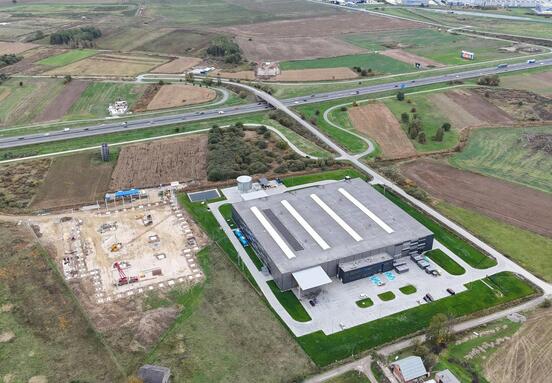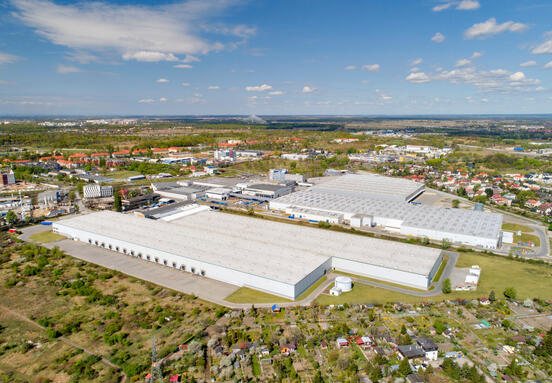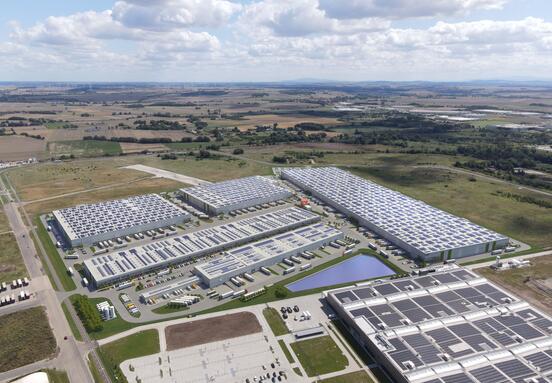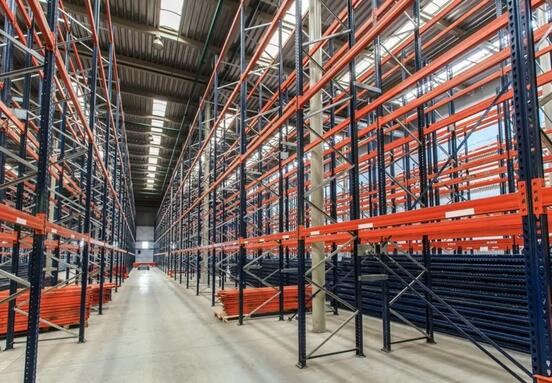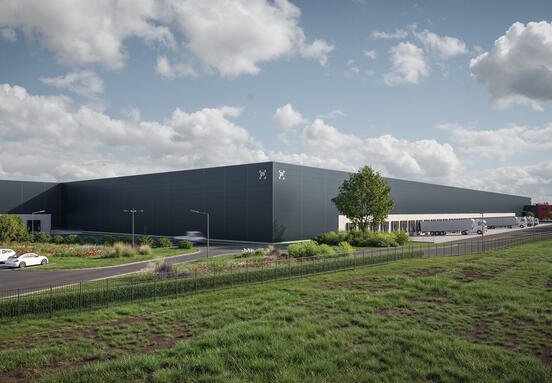Commercial real estate advisory agency AXI IMMO analysed data on the development of the warehouse market in Wroclaw in the last decade. The period of analysis coincides with AXI IMMO’s tenth anniversary, which the Polish company is celebrating this year.
“A well-developed road network, great economic and demographic potential as well as close proximity to Germany and the Czech Republic are the main advantages of the Wroclaw region. The market data that we collected show that in the last decade Wroclaw has been strengthening its position among the main warehouse locations in the country and the most important distribution centres in Central and Eastern Europe,” comments Sylwia Jagódka, Industrial & Logistic Consultant at AXI IMMO.
Slowdown at the beginning of the decade followed by the rapid acceleration in the middle, thanks to contracts for Amazon
According to AXI IMMO data, the first three quarters of 2008 were successful for the region as they saw the demand of 185,000 sq m. Supply exceeded 540,000 sq m, which then accounted for 12% of the country’s total resources in 2008. Developers were very active in Wroclaw and built a lot of speculative space. The first effects of the crisis were visible after the fourth quarter when the vacancy rate reached the highest level in the previous decade of 23%.
“The peak slowdown occurred in the Wroclaw warehouse market in 2009-2010. In 2010, demand among tenants was at the lowest level in the decade amounting to 107,000 sq m. After two years, in 2011 the market returned to a growth path with the lease of more than 216,000 sq m, and in 2013 reached its record in terms of demand with 458,000 sq m, mainly due to two contracts signed by Amazon, whose share in the transaction volume was almost 50%,” explains Sylwia Jagódka, Industrial & Logistic Consultant at AXI IMMO.
The ‘Amazon effect’ strengthened the region in terms of logistics in the country for many years. In addition, in 2013, interest in the region as a location for manufacturing projects became noticeable not only in Wroclaw. In 2013, Lear Corporation and Faurecia from the automotive sector invested in BTS projects in Legnica.
Warehouse market in Wroclaw with successes
According to data collected by AXI IMMO analysts, the following years brought further successes in the warehouse and industrial market – the total supply in 2014 increased by almost 43%, and in the next 4 years by an average of 12%. At the end of 2018, total supply reached 1.85 million sq m (4th largest warehouse market in Poland); however, as regards the volume of space being built at the end Q4 2018, the results of the Wroclaw market increased in relation to the same period of 2017 by over 76%, which places Wroclaw third among the most rapidly developing warehouse markets in the country. Also, the volume of demand in 2018 was at a very high level of 453,300 sq m, just slightly lower than in the record-breaking year 2013. At the end of Q4 2018, the Wroclaw market had one of the lowest availability of immediately available space in the country. The vacancy rate fell by 3.2 p.p. in relation to 2017 and amounted to 3.3%.
Today, the main group of tenants in the Wroclaw region are logistics operators, retail chains and e-commerce operators, as well as automotive and electrotechnical industry companies that generate a significant part of the demand for BTS and BTO projects.
Development based on new locations and formats or a slowdown in the footsteps of Germany?
AXI IMMO experts report that in 2019, the Wroclaw warehouse market, despite strong links with the weakening German economy, will maintain its position among the most popular warehouse locations in the country and the region thanks to prosperous tenants present in the region. The share of transactions in smaller markets, such as Legnica and Bolesławiec, will increase in the total volume of leased space, mainly due to the increasing difficulties in recruiting employees.
“Expansion of tenants throughout the region is forecast. As in other leading markets, a large number of projects outside the largest agglomeration will be built in BTS and BTO formats. At the same time, in response to growing interest among tenants, urban locations will develop with access to public transport, ensuring more efficient service for the local consumer market,” predicts Sylwia Jagódka from AXI IMMO.
Sylwia Jagódka adds that the crisis in the automotive industry in Germany, which began in the second half of 2018, is certainly a challenge for the region. Prospects are also not improved by economic weakness in other countries of Western Europe, whose symptoms have been visible for several months.
Source: AXI IMMO

